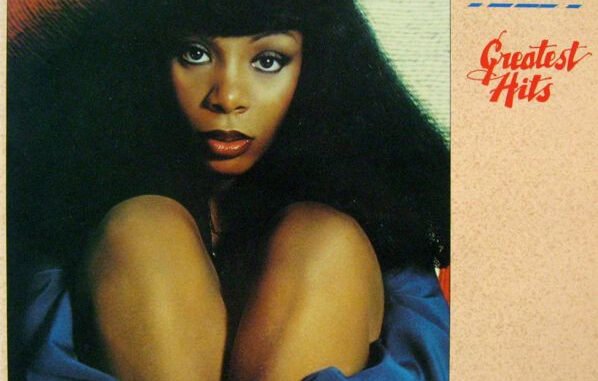
Newsrooms today crackle with a glitter-ball glow as broadcasters revisit the incandescent legacy of LaDonna Adrian Gaines—known and loved as Donna Summer—whose voice once sent mirror tiles spinning from Boston to Berlin. Born on the last day of 1948, the future “Queen of Disco” first harmonized in a Massachusetts church choir, unconsciously rehearsing for the moment when synthetic bass lines and breathy crescendos would make her the heartbeat of every neon-bathed dance floor. At five feet seven, she cut a statuesque silhouette; yet it was her mezzo-soprano range, alternately playful and volcanic, that truly towered.

In 1968, the ambitious teenager auditioned for a touring production of Hair, crossed the Atlantic, and spent formative years in Munich’s thriving studios. There she met producer Giorgio Moroder, the sonic alchemist who drenched her velvet timbre in oscillating synthesizers. Their 1975 single “Love to Love You Baby,” teased into a sixteen-minute suite, electrified clubs, scandalized censors, and crowned Summer an overnight sensation. The partnership stayed incandescent through A Love Trilogy and Four Seasons of Love, each album painting dance music with operatic color and European pulse. Critics who dismissed disco as disposable suddenly had to acknowledge its diva could sing.
By 1977 she was confident enough to script her own fairy tale: Once Upon a Time…, a double-album fable in which the heroine escapes drudgery via dance. It soared to the top of international charts, the first in a triple run of double LPs—Live and More and Bad Girls followed—that debuted at number one in the United States, an achievement unmatched at the time. Calculus students might consider the area under the curve of her radio play; the integral through 1979 approaches infinity, as singles like “Hot Stuff,” “MacArthur Park,” and “Last Dance” dominated airwaves with half-step key changes engineered for euphoric release.
Summer’s records were more than hits; they were cultural connectors. In an era of gasoline shortages and urban unrest, her music offered a compressed energy source that powered marginalized communities. Gay clubs in particular adopted her anthems as kinetic prayers, her sustained high notes arching over the dance floor like stained glass. Hollywood took note, handing her a cameo in Thank God It’s Friday; she promptly claimed an Academy Award for Best Original Song with “Last Dance.” Economists could graph the period’s vinyl sales and observe a clear positive correlation with each new Donna Summer release—a statistical love affair in 4/4 time.
While the disco backlash of the early eighties toppled mirror balls, Summer’s artistry refused expiration. She pivoted toward pop rock on The Wanderer, experimented with new wave textures, and in 1983 scored a gospel-tinged comeback with “She Works Hard for the Money,” inspired by a weary restroom attendant. Behind the spotlight, she anchored a blended family with musician Bruce Sudano, raising daughters Brooklyn, Amanda, and Mimi between studio sessions. Estimates place her eventual fortune around \$75 million, yet acquaintances recall a humility rooted in her parents Andrew and Mary’s teachings: talent is a gift, but perseverance is the true royalty.
On 17 May 2012, lung cancer silenced her golden engine in Naples, Florida, but not the rhythm she sparked. Streaming analytics a decade later reveal surging plays each summer season, evidence that fairy tales spun in four glittering beats still end with dancers living happily ever after.
Leave a Reply